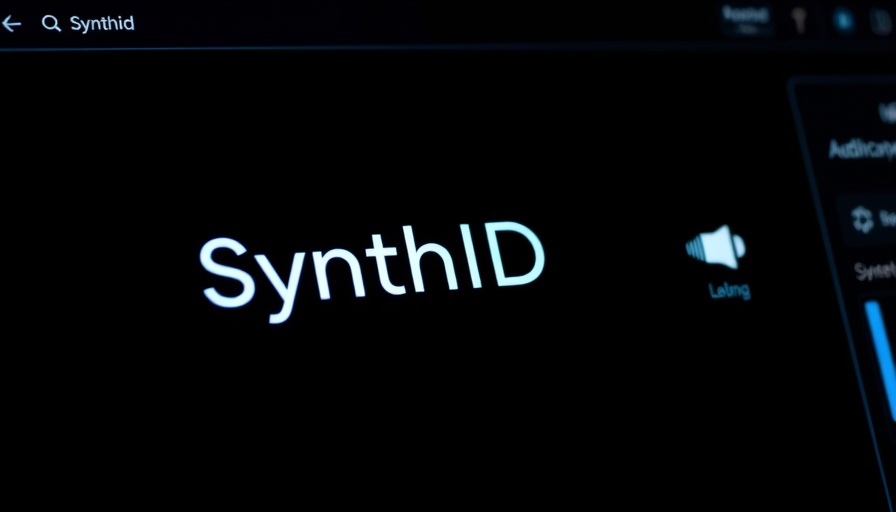
Google’s New Tool to Detect AI-Generated Content
In an age where artificial intelligence (AI) is revolutionizing the way we create content, Google has launched SynthID Detector, a promising tool designed to identify AI-generated text, images, audio, and videos. This innovative portal can help students and other content creators ensure the originality of their work, all while navigating the growing concerns about academic integrity and authenticity.
How SynthID Detector Works
The SynthID Detector is user-friendly, allowing anyone to upload their AI-generated media and quickly find out if it carries a distinct watermark. Here’s how it breaks down:
- Step 1: Users can upload an image, audio file, video, or text created using Google’s AI tools.
- Step 2: The system swiftly scans for a hidden SynthID watermark embedded in the content.
- Step 3: If detected, the tool highlights sections most likely containing the watermark.
This transparency is vital for students who may be concerned about the consequences of AI detection on their assignments. With over 10 billion pieces of content already watermarked, Google’s initiative could significantly impact academic settings.
The Value of Knowing About SynthID
Understanding how SynthID Detector functions can empower students and content creators alike. It not only helps in verifying the source of information but also enables users to make informed choices about their work. The AI landscape is rapidly changing, and knowing how to navigate it can provide a significant advantage. Being knowledgeable about the tools available allows students to maintain the integrity of their submissions while also tapping into the power of AI.
Future Considerations for AI in Education
As AI becomes increasingly integrated into educational tools, students must adapt. The influx of generative media poses both opportunities and challenges. While AI can enhance creativity and innovate traditional methods of learning, it also raises ethical questions around originality and copyright. Google’s collaboration with platforms like NVIDIA indicates a broader trend towards responsible AI usage and content verification systems, promoting a safer learning environment.
What it Means for Students
Students facing the fear of AI detection tools need not panic. Tools like SynthID Detector can serve as aids for verification, ensuring that AI-generated content remains a legitimate part of their skill set. Learning to work alongside AI rather than viewing it as an adversary will be crucial as their education unfolds in this tech-savvy world.
Call to Action
For students anxious about bypassing AI detectors, explore this resource to gain insight into how to navigate AI content creation effectively.
 Add Row
Add Row  Add
Add 




Write A Comment